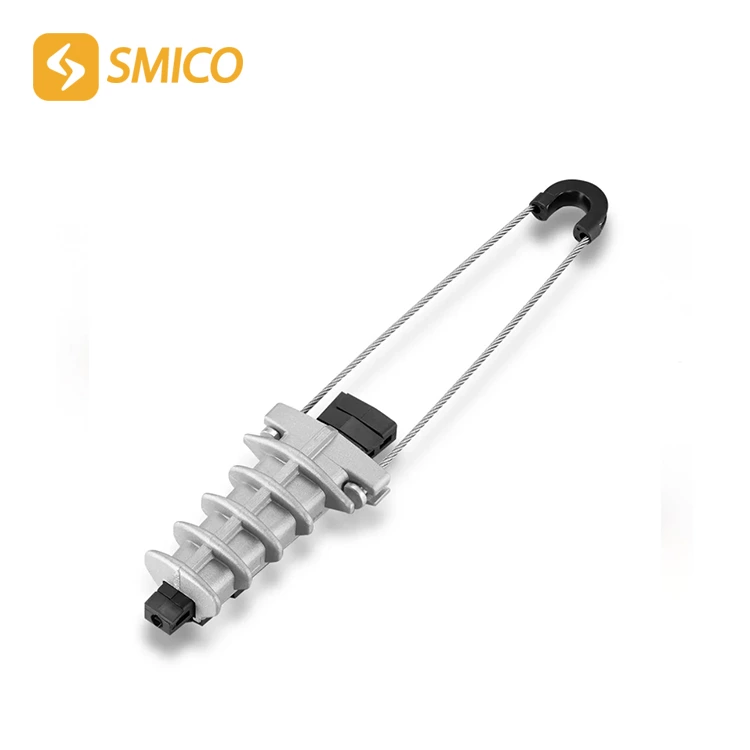Advantages Of The Lateral Opening Structure Design Of The Wedge-shaped Tension Clamp Shell
The dead end clamp for abc cable housing features a side-opening design, offering numerous advantages, particularly in ease of installation and maintenance. Here are some key features and benefits of this design:
Improved Installation Efficiency
The side-opening design makes the fungsi dead end clamp more flexible and convenient to install. Traditional tension clamps may require removal and installation from above or the front, while the side-opening design allows installers to operate within limited spaces, significantly improving installation speed and accuracy.
Easy Cable Maintenance and Replacement
Due to the side-opening design, the clamp dead end is easier to disassemble and repair. During equipment inspection or replacement, operators do not need to completely disassemble the dead and clamp housing; simply opening the side opening provides quick access to internal components. This structure reduces maintenance time and improves overall work efficiency.
Adaptable to Various Operating Environments
The dead clamp side-opening design is suitable for various environments, especially in spaces with limited space. Whether at height, on an inclined power tower, or in confined or narrow spaces, it enables convenient installation and operation, avoiding the installation difficulties that may exist in traditional structural designs.
Reduced Equipment Maintenance Costs
The side-opening structural design makes the maintenance of the entire device more efficient. The significantly enhanced operability of the dead end clamp overhead line reduces the time spent on manual disassembly and replacement, indirectly lowering maintenance costs. For line systems used for extended periods, regular inspections and maintenance become simpler and more economical.
Summary
The side-opening structural design of the dead end clamp with eye hook not only improves the convenience of installation and maintenance but also enhances the stability and safety of the equipment. It meets the demands of modern power systems for efficiency, cost control, and ease of operation, making it a highly practical and innovative design.

